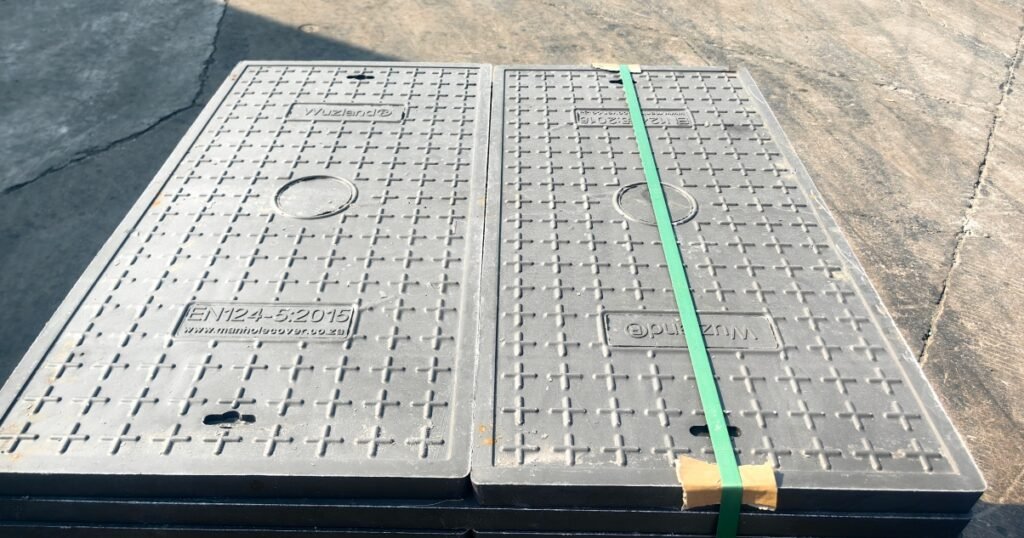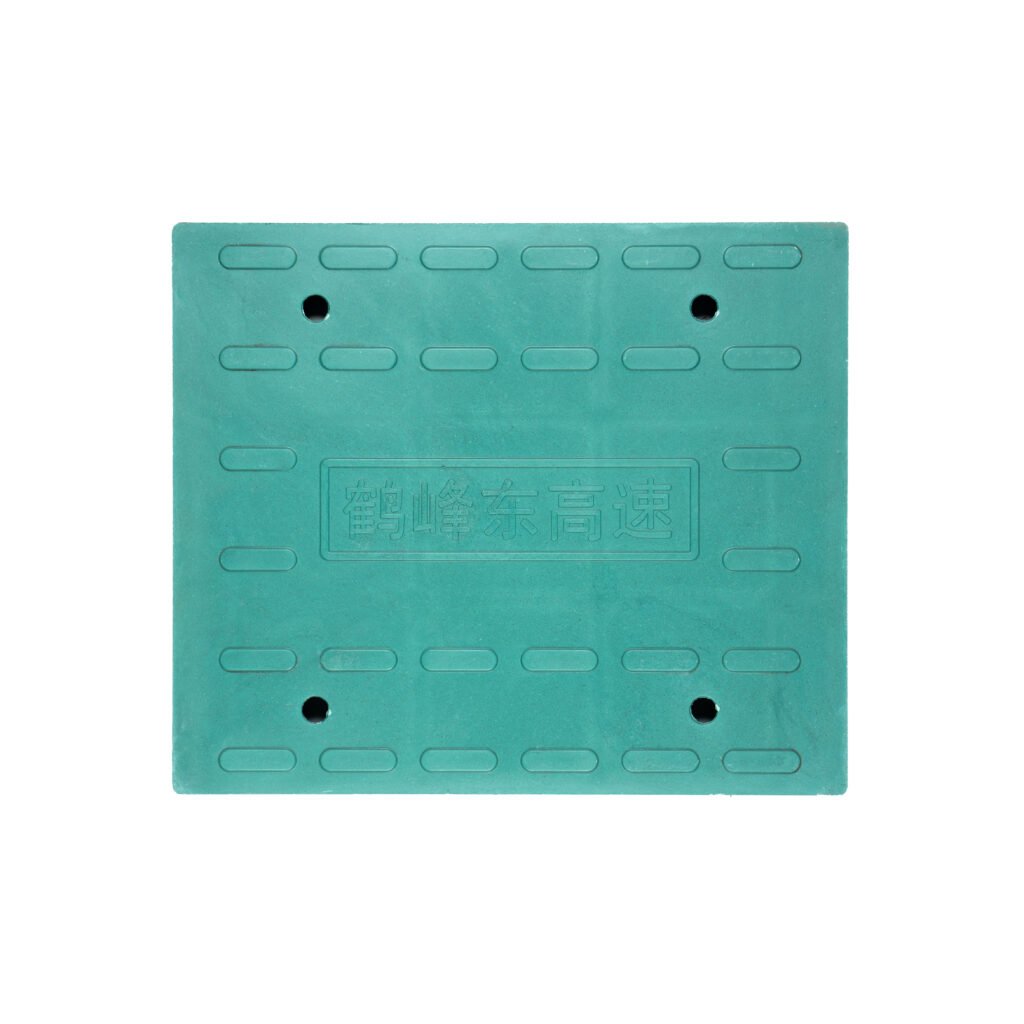Composite manhole covers are gaining widespread popularity as innovative solutions for urban public facilities and private infrastructure, thanks to their unique properties and benefits. Leveraging modern materials and advanced technologies, these covers demonstrate exceptional durability, reliability, and aesthetic appeal. Suitable for diverse environments, they ensure operational safety. This article delves into the advantages of composite manhole covers, explaining why they are increasingly favored for numerous projects.

Exceptional Strength and Extended Lifespan
Composite manhole covers offer ultra-high strength, capable of withstanding heavy loads. By combining the best properties of metal and polyurethane components, they deliver extreme durability. These covers resist harsh weather conditions—including extreme temperature fluctuations and high humidity—without compromising performance. Their complete corrosion-proof and rust-free nature provides a significant edge over traditional metal covers, making them ideal for demanding climates and high-traffic zones.
Lightweight Design and Easy Installation
Significantly lighter than metal alternatives, composite covers simplify transportation and installation. This drastically reduces labor costs and shortens installation time. The reduced weight also lowers injury risks for workers, enhancing job safety. Crucially, no heavy machinery is required for installation—a key advantage in confined urban spaces.
Superior Weather and Environmental Resistance
A core strength of composite covers lies in their exceptional resistance to environmental degradation. Unaffected by chemicals, UV radiation, or extreme temperatures, they maintain structural integrity and appearance over time. This makes them ideal for industrial zones and locations with stringent safety and eco-requirements, particularly in sectors like chemicals where corrosion and contamination prevention are critical.
Aesthetic Value Paired with Functionality
Composite covers offer diverse designs and color options, seamlessly blending into any surroundings. This provides architects and landscape designers with optimized solutions for projects. Beyond functionality, their refined appearance is vital for high-profile and image-driven developments. Customizable textures and patterns further enhance the uniqueness and modernity of urban infrastructure, making them popular among private developers and municipal authorities alike.

Cost Efficiency and Low Operational Costs
Adopting composite covers significantly reduces operational expenses. They eliminate routine maintenance and repainting, minimizing ongoing expenditures. Outstanding damage resistance and extended service life make them a high-return long-term investment. Additionally, lower installation and transportation costs positively impact overall project budgets, enabling quality assurance while achieving cost savings in both private and public applications.
Eco-Friendliness and Sustainable Development
In today’s world, environmental responsibility is paramount. Composite covers are manufactured from recyclable materials, reducing ecological burdens. Choosing them helps lower carbon footprints (i.e., total CO₂ emissions)—essential for sustainable development and natural resource conservation. Their production process minimizes environmental harm, while extended product lifespans reduce waste generation. This appeals to environmentally responsible organizations and makes composite covers popular among clients committed to a greener future.


